Three Motorcycle Apparel Brands on Pushing the Industry Forward
By blending contemporary style, classic silhouettes and future-forward tech, these companies make super-advanced moto gear

Motorcycle apparel is evolving, blending tech, safety and style with aplomb. Small brands like REV’IT!, Iron and Resin and ATWYLD are using future-forward materials without sacrificing style. SA1NT (an Australian brand), Aether and Filson (both based in the US) fuse classic workwear and outerwear looks with embedded protective technology so that their clothing can be worn off the bike, but it holds true for the demands of hard riding.
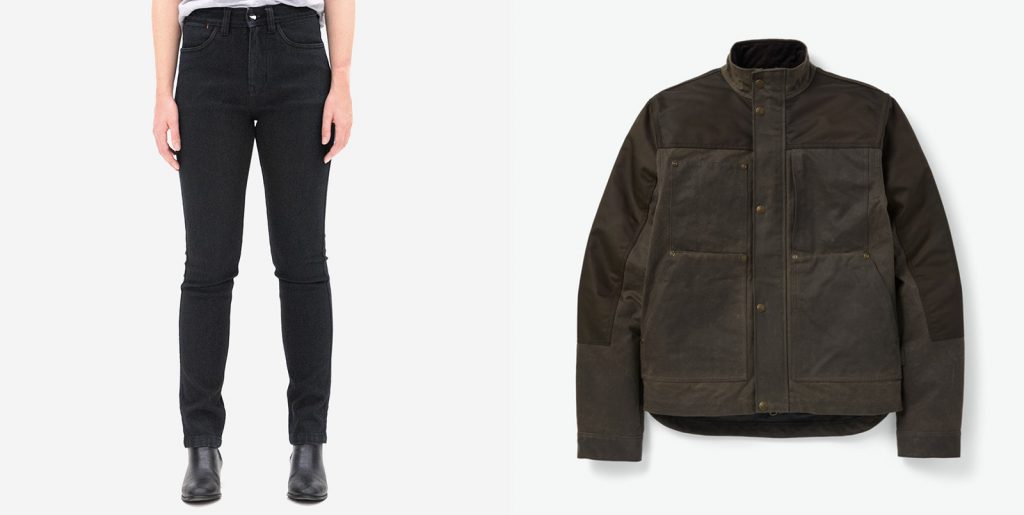
Some standouts are SA1NT’s Unbreakable jeans with Dyneema (a type of polyethylene that’s woven into the cotton and makes them nearly tear-proof and up to 15 times stronger than steel) and Filson’s Alcan Canvas Cruiser, which utilizes the brand’s classic British Millerain waxed canvas that the company has deployed on outerwear for nearly a century, but is then made appropriate for motorcycling protection with a water-resistant polyurethane-coated ballistic nylon.

Aether’s Navigator Jacket harnesses two key Schoeller technologies. The first, called Dynatec, is a three-layer fabric that’s been abrasion-tested at up to 75mph, and is waterproof and breathable. Schoeller’s ColdBlack is also part of the formula and ingeniously makes darker colors reflect sunlight like lighter ones.
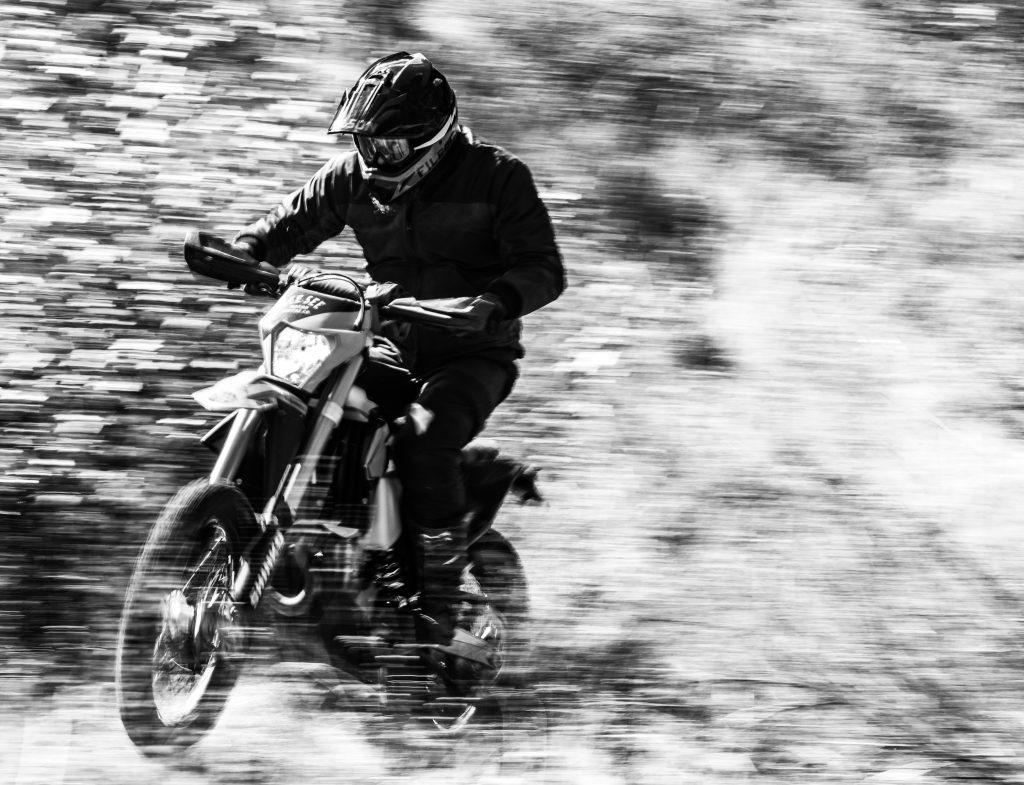
We interviewed SA1NT founder Aidan Clarke, Aether co-founder Palmer West and Filson design director Adam Hogarth to understand their collective philosophy on how a stronger tech pipeline combined with a refusal to follow the industry’s traditional apparel is yielding palpable gains in protection and style.
It seems like your background in sportswear at 2XU influences SA1NT in understanding the need for stretch as well as protection in a package that doesn’t appear covered in tech, despite it being embedded.
Aidan Clarke: Riders are changing. In Australia, we’re seeing more women buying our jeans—and they don’t want to look like a Storm Trooper. They want to be able to get off their bike and go into a restaurant and have nobody know they’re a rider. You’re going out in your Levi’s, so you look normal, but those aren’t protective at all. We wanted to go where moto wasn’t, which is why we’re making close silhouettes with stretch. You can build a wardrobe which crosses over; it’s totally functional just for every day.
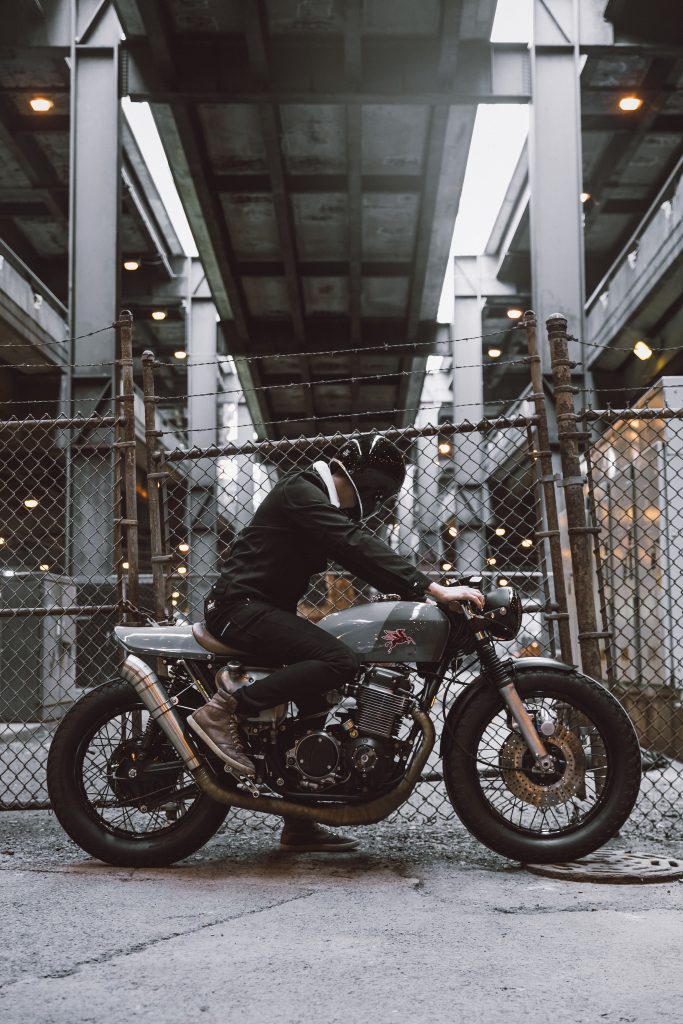 Tell us about your upcoming Armored Moto Puffer.
Tell us about your upcoming Armored Moto Puffer.
AC: Like with our jeans, we’re embedding D30 armor—but at the shoulders and elbows. We think nobody’s done a puffer before because you have to position the armor so that it’s there for all differently sized people. We built a system that you can tighten that up when you ride, then loosen it when you get off the bike, so you have protection where and when you need it. We can sit in this position between fashion and safety and blend the two, and in doing so, be quite innovative.
There’s this flawed idea that it needs to be ugly to protect you
Aether’s successful in other areas for other activities. Can you explain a bit about why you wanted to get into the moto space?
Palmer West: Too much moto clothing is just… Crayola. It’s a sea of ugly. There’s this flawed idea that it needs to be ugly to protect you, and that’s false. We thought, “No, there are a lot of men and women who ride just as a means of transportation.” So we built just two pieces at first, to see if anybody was thinking what we were thinking and it turns out they were.
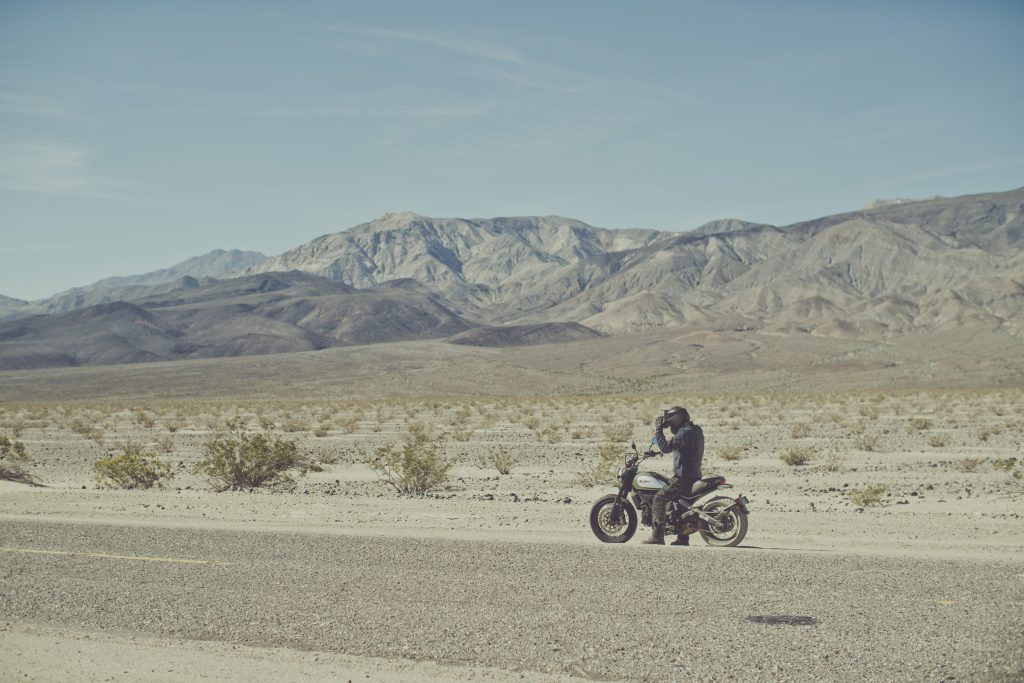
Tell us about choosing fabrics first, rather than fully envisioning a garment and then hunting for the fabric to fit the vision.
PW: We screen on whether we’d want to wear anything made of that fabric. Sure, we lean on what we already know, hiking or backcountry skiing, but really, first, we build a library of fabrics that call to us. What’s the hand? How does it behave when it moves? Schoeller is great for that because their Dynatec has all of those properties, but it’s also completely waterproof and will hold up in a crash—but it feels like something you want to wear. I know that sounds weird to say, but there are a lot of mills that just build for technicality, and not for wearability.
Filson’s Alcan Collection seems like something the brand could have released in 1965—balancing contemporary tech with classic design. But Filson began as a brand for outdoor enthusiasts, tell us about getting into the moto space.

Adam Hogarth: Filson has always been about problem-solving. If you look back to who they outfitted, it was people cutting down massive trees, and they used the best “technology” from the era. You’re right that you can absolutely imagine us making a coat like the Alcan Cruiser a few generations ago. You can see it as ours, and that’s the beauty of it. We kept hearing from customers using our existing clothing for riding, so it was just obvious to do this, but to do it our way.
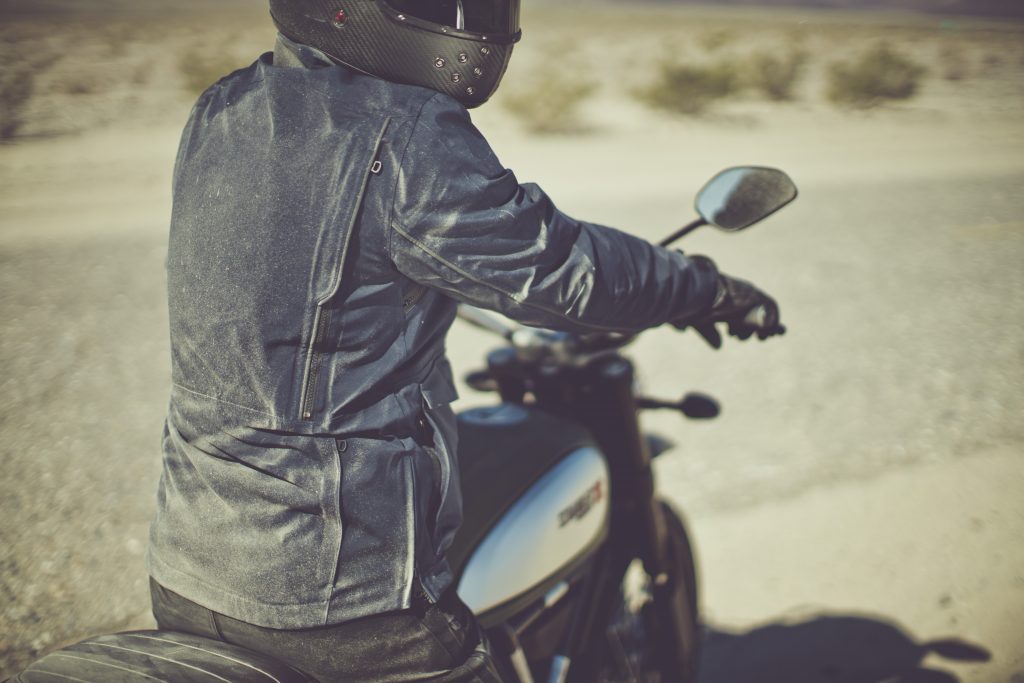
Can you each share something about each of these pieces that offer the biography of your brand—even if they are likely to be invisible or subconscious to many buyers?
AH: Everything we build has to be reworkable. A lot of brands will use recycled materials now, but Filson—from day one—was about being repairable. Too technical or too ornate and it would be harder to preserve. So you may not recognize the simplicity of the fabrication, but we can fix everything we make. To us sustainable design means we can keep it alive, and like everything Filson, handing it down for generations.
AC: We make a denim which is, at its peak, 200 times stronger than a standard Levi’s 501 denim. So, you know, 12-ounce denim. We can actually pick up a two-and-a-half-ton car with our jeans.
PW: We do something really subtle where we move seams so that they’re not going to bind the rider, but they’re also not in an impact zone so they won’t be the first thing that hits when you fall, which would compound the force. Also, we test all our seams so they work like welded metal. A proper weld is stronger than the metal it joins, and that’s how we have to think. Riding is dangerous, so if we’re going to do this dangerous thing we should build a product we expect to hold up for 20 years, but for 20 seconds of those two decades, it needs to save your life.
Hero image courtesy of Aether












